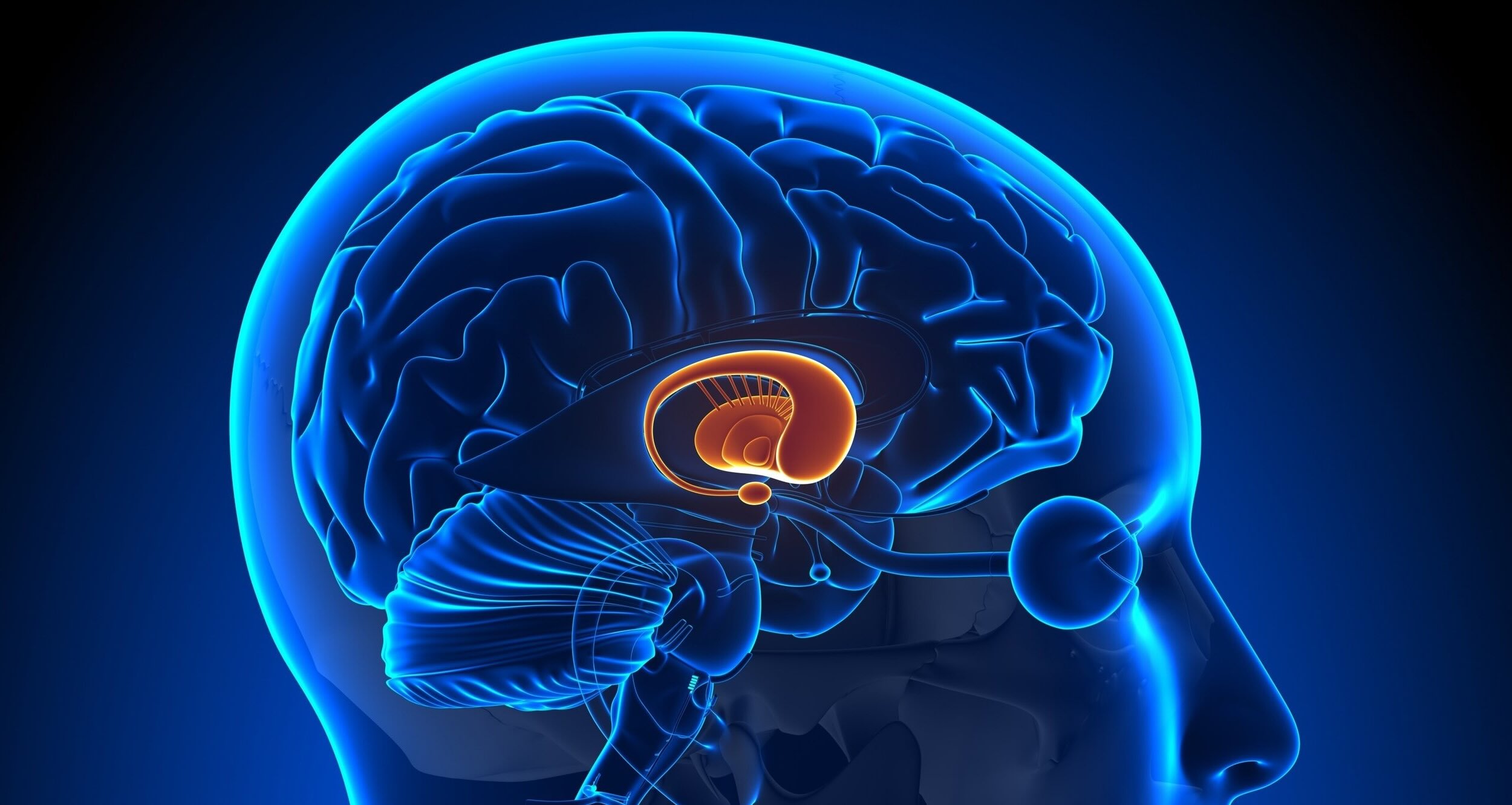
What is Parkinson's disease? Parkinson's disease is a progressive neurological disorder that affects movement. It occurs when nerve cells in the brain don't produce enough dopamine, a chemical that helps control muscle movement. Symptoms often start gradually, sometimes with a barely noticeable tremor in just one hand. Tremors are common, but the disorder also commonly causes stiffness or slowing of movement. People may experience difficulty walking, balancing, and performing daily tasks. While there's no cure, treatments are available to manage symptoms. Understanding Parkinson's can help those affected live better lives. Let's dive into 26 facts about this condition to shed light on its impact and management.
Key Takeaways:
- Parkinson's disease affects movement and has no cure, but treatments like medication, therapy, and exercise can help manage symptoms and improve quality of life.
- Ongoing research is exploring genetics, stem cell therapy, and neuroprotective drugs to better understand and potentially slow down Parkinson's disease progression.
Understanding Parkinson's Disease
Parkinson's disease is a progressive neurological disorder that affects movement. It develops gradually, sometimes starting with a barely noticeable tremor in just one hand. Here are some intriguing facts about Parkinson's disease.
-
Parkinson's disease was first described by Dr. James Parkinson in 1817 in his work "An Essay on the Shaking Palsy."
-
It primarily affects the motor system, leading to symptoms like tremors, stiffness, and difficulty with balance and coordination.
-
The exact cause of Parkinson's remains unknown, but it involves the death of dopamine-producing neurons in the brain.
-
Parkinson's is the second most common neurodegenerative disorder after Alzheimer's disease.
-
Approximately 10 million people worldwide are living with Parkinson's disease.
Symptoms and Diagnosis
Recognizing the symptoms early can help manage Parkinson's more effectively. Here are some key points about its symptoms and diagnosis.
-
Tremors are the most well-known symptom, often starting in the hands or fingers.
-
Bradykinesia, or slowness of movement, is another hallmark symptom, making simple tasks difficult and time-consuming.
-
Muscle rigidity can occur, leading to stiffness and pain in the muscles.
-
Postural instability can cause balance problems and increase the risk of falls.
-
Non-motor symptoms include depression, anxiety, sleep disturbances, and cognitive changes.
-
Diagnosis is primarily clinical, based on medical history and neurological examination, as there is no definitive test for Parkinson's.
Treatment and Management
While there is no cure for Parkinson's, various treatments can help manage symptoms. Here are some facts about treatment and management.
-
Levodopa is the most effective medication for treating Parkinson's symptoms, often combined with carbidopa to reduce side effects.
-
Deep brain stimulation (DBS) is a surgical option for patients who do not respond well to medications.
-
Physical therapy can help improve mobility, flexibility, and balance.
-
Occupational therapy assists patients in maintaining independence in daily activities.
-
Speech therapy can address speech and swallowing difficulties.
-
Regular exercise is beneficial, improving overall well-being and potentially slowing disease progression.
Research and Future Directions
Ongoing research aims to better understand Parkinson's and develop new treatments. Here are some exciting developments in the field.
-
Scientists are exploring the role of genetics in Parkinson's, with several genes linked to the disease.
-
Stem cell therapy holds promise for regenerating damaged neurons in Parkinson's patients.
-
Researchers are investigating the potential of neuroprotective drugs to slow or halt disease progression.
-
Advances in imaging techniques are helping to improve early diagnosis and monitor disease progression.
-
Wearable technology and mobile apps are being developed to track symptoms and provide real-time feedback to patients and doctors.
Living with Parkinson's
Living with Parkinson's can be challenging, but support and resources are available to help patients and their families. Here are some important considerations.
-
Support groups provide a sense of community and shared experiences for patients and caregivers.
-
Nutrition plays a role in managing symptoms, with a balanced diet supporting overall health.
-
Mental health support is crucial, as depression and anxiety are common in Parkinson's patients.
-
Advocacy organizations work to raise awareness, fund research, and support those affected by Parkinson's disease.
Final Thoughts on Parkinson's
Parkinson's disease affects millions worldwide, causing tremors, stiffness, and balance issues. Understanding its symptoms, causes, and treatments can help manage the condition better. Early diagnosis is crucial for effective treatment, so recognizing early signs like slight tremors or changes in handwriting can make a big difference. While there's no cure yet, medications, therapies, and lifestyle changes can improve quality of life. Research continues to advance, offering hope for better treatments and, eventually, a cure. Support from family, friends, and healthcare professionals is vital for those living with Parkinson's. Staying informed and proactive can empower patients and caregivers alike. Remember, knowledge is power, and staying educated about Parkinson's can lead to better outcomes and a more fulfilling life.
Frequently Asked Questions
Was this page helpful?
Our commitment to delivering trustworthy and engaging content is at the heart of what we do. Each fact on our site is contributed by real users like you, bringing a wealth of diverse insights and information. To ensure the highest standards of accuracy and reliability, our dedicated editors meticulously review each submission. This process guarantees that the facts we share are not only fascinating but also credible. Trust in our commitment to quality and authenticity as you explore and learn with us.
